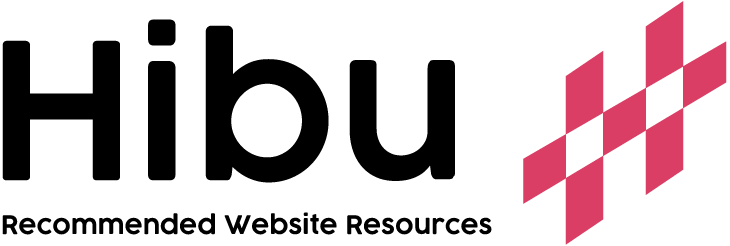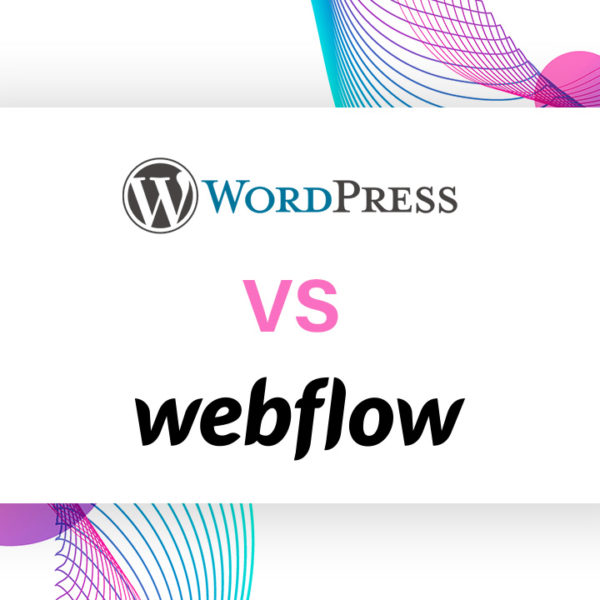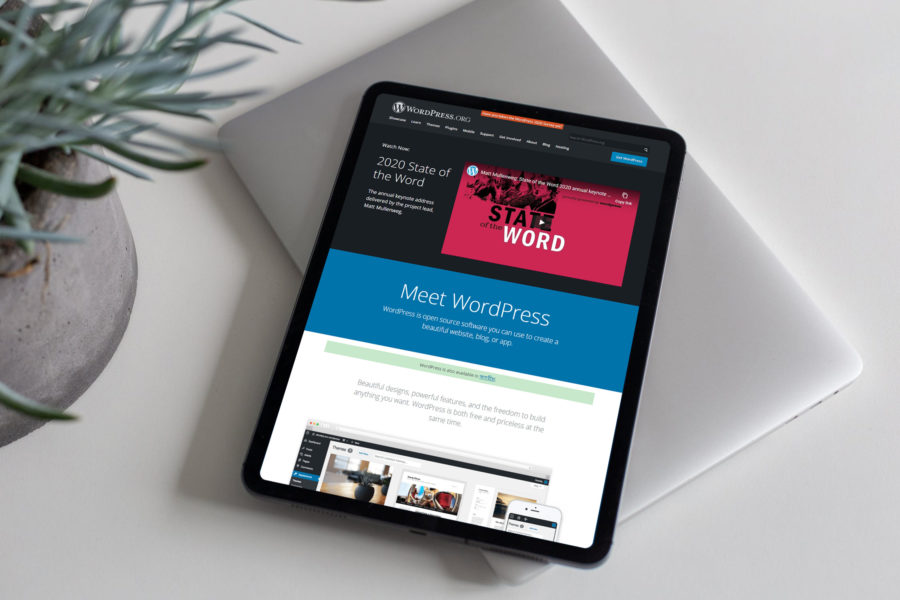As the quantity of websites fighting for the interest of the consumer continues to grow, companies are looking out for all sorts of new and imaginative ways to outperform their competition. From animations and virtual reality to anything as basic as the use of smart duplication and the colors you want for your page, everything goes as long as it gets done. In reality, the use of color psychology in branding is nothing modern, and it has been used by advertisers since the first color TV was developed. Currently, there is some research available to back up our activities, and we can understand more about the association between colors and action than we did previously.
Let’s discuss color psychology for ourselves to decide how the colors you are using on your site affect your guests and how this information can be used to your benefit:
WHAT EXACTLY COLOR PSYCHOLOGY MEANS?
Colors have a powerful impact on how we feel about everything. When we see a certain color, once this piece of knowledge has passed through our body’s extensive neural system, our glands begin to generate hormones that then trigger our moods and emotions, eventually culminating in some action or attitude.
Color Psychology is therefore an analysis of how colors influence us and our feelings and emotions, intending to explore these perceptions and relations. Some people may argue that there is no research at all, but we definitely can’t disprove the effect colors have on our sentiments. If you pay close attention to this, you will find these links yourself. Only take a glance at the same image in different colors to see how you respond to it.
As long as the relation between colors and marketing is concerned, it is obvious that if we can have an effect on feelings and also to a degree on the responses that someone may have depending on the colors that we want to use on a marketing strategy or a webpage, we can affect sales. Research has shown that these color changes (among other factors) can improve conversions by more than 20%.
WHAT COLORS SHOULD YOU USE AND WHAT EMOTIONS DO THEY TRIGGER?
Now let’s look at how different colors influence behavior and emotions:
RED-THE COLOR OF ATTENTION AND URGENCY:
Red is called a color of emotion and is related in color psychology to a variety of different topics: lust, blood, happiness, and mystery. It is the color of crisis and urgency, which is why it is ideal to attract attention to exclusive prices, promotions, and vital announcements.
By default, as part of the branding, you can also use red. But we will caution against the use of it all over the platform since it could make people feel awkward.
ORANGE-THE COLOR OF FUN:
Orange is synonymous with comfort and pleasure, as well as hope and hopefulness, so it’s a perfect choice if you’re looking for the positive and lively feel of the website. It may be a little too vivid, so keep in mind you use it sparsely only as an accent, rather than using it everywhere. It’s used by a lot of sports clubs and is generally synonymous with a nice time and fun-loving environment, so whether you’re selling to children or a hip audience, it may be the best option. On the other hand, it does not fit a more conservative crowd.
YELLOW-THE COLOR OF POSITIVE THOUGHTS AND ACTIONS:
Playful and lively, yellow is another joy-associated hue. That being said, if it’s too vivid, it may have the reverse effect and trigger negative feelings. It’s a way to send updates. Think about all this: red lights mean a halt, green lights mean a continue, and yellow lights mean a be ready. In short, you’re going to need to use yellow as a way to communicate messages.
Many of these vibrant colors – red, orange, and yellow – are better suited to alerts and critical web page functionality, such as CTAs and touch buttons. Their more subtle and softened versions can also be seen in various ways – in testimonials, interaction modes, and other features that you choose to make more visible.
BLUE-THE COLOR OF CONFIDENCE:
Blue is a color that encourages honesty and commitment. It’s also the favorite hue of men, and it can be calming. That’s why most websites prefer their advertising in blue since they seem to be widely loved and have a soothing impact. Going for a blue paint palette and selecting various colors of blue in your style is your best choice. Imagine, for instance, the businesses that use blue: Facebook and PayPal, as well as a vast variety of banks and monetary institutions and organizations.
Although if you’re in the food business, maintain a strategic distance from the blue. It would probably not work well, since the color is considered to suppress appetite (dieters are advised to eat off the blue surface) and could also be correlated with poisoning.
GREEN-THE COLOR OF DEVELOPMENT AND GROWTH:
Green is typically synonymous with nature, representing development and tranquility. It is called the color of the balance since it is found in the center of the rainbow of colors. But it’s also the color of the dollar, so it’s also always associated with money.
If your company is eco-friendly, organic, and usually green, the most obvious alternative is to use this color for your platform and advertising. You should also use green for your Cart button and Payment icons as it encourages a sense of safety and protection.
BLACK-THE COLOR OF SUSPENSE AND MYSTERY:
Black is often synonymous with darkness and demise, but in reality, it’s a neutral color that can have several other definitions. It’s enigmatic and sleek, eternal and even glamorous – and it’ll fit great if you’re trying to exhibit elegance and strength.
CONCLUSION:
Before you begin developing your platform, make sure you think about your paint palette thoroughly. You might, of course, change the style and color combination of your webpage at a later date, but instead of risking being recognized for something and needing to reteach your clients, try to pick the best available choice early on.
Think about the idea you would like to convey to your clients, and most specifically, how this approach is associated with your company and what it will do for your clients. You don’t have to stick to the standards. You’re welcome to look beyond the frame, of course, but keep these points in mind while planning the coloring of your online platform.







Leave a Comment